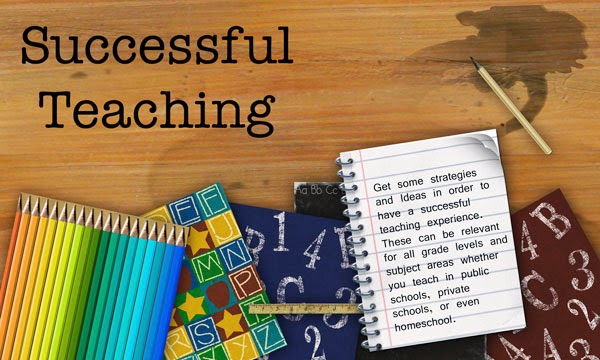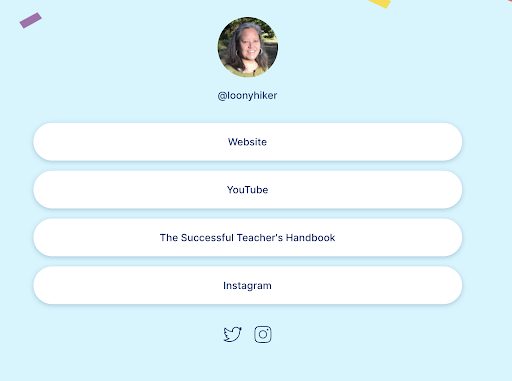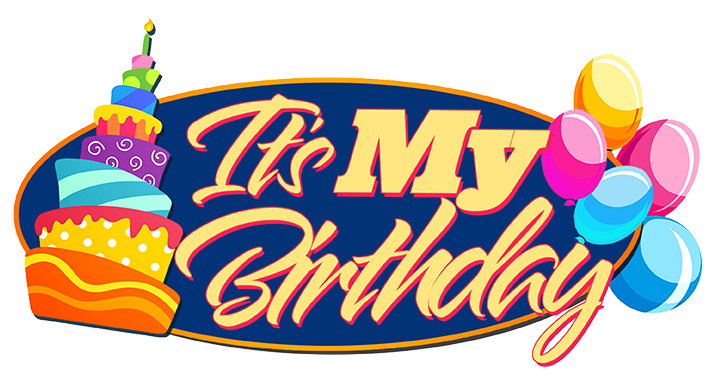“We have a student in a mainstream classroom who is diagnosed with a developmental delay and is having a lot of trouble with Math. He is in Grade 4 but operating more at a Grade1/2 level. What are some of the strategies we can use to help him? Memorizing timetables or continuously reviewing addition/subtraction is not going to work.. My thoughts were to give him visuals (timetable chart etc) and focus on using these visuals to solve math problems instead. Any ideas would be great.”
Here is my answer:
Depending on what skill he is learning, I use cue cards listing the procedure that needs to be followed to solve the problem. I list each step that students must take so they can refer to it as they solve the problem. I call it a "help sheet" and students love the idea of having a visual helper beside them.
I also teach the students to use a calculator to solve equations rather than wasting time trying to get them to memorize math facts. Sometimes, they end up learning the facts easier because they keep putting the same equation in the calculator and don't have to put some of them in anymore.
What suggestions would you give this teacher? Please share.
Photo by Chris Liverani on Unsplash

























